What are the basic concepts of TOGAF Training?
In the contemporary enterprise architecture realm, TOGAF stands as the most prevalent framework. Developed by The Open Group, TOGAF, short for "The Open Group Architecture Framework," aids organizations in crafting customized IT infrastructures that align with their unique needs. Accomplishing this involves skilled professionals collaborating with departmental leaders to devise and execute business strategies efficiently. TOGAF online training by Multisoft Virtual Academy expedites the execution of these strategies, facilitating a seamless process. In this comprehensive article, we will delve into the depths of TOGAF to grasp its significance. But before that, let's establish a foundational understanding of enterprise architecture. Stay with us for further insights.
Enterprise Architecture
Enterprise architecture is a strategic discipline that seeks to provide solutions to the complex needs of businesses. It serves as a structured approach for analyzing, planning, designing, and implementing technology solutions. The ultimate objective of enterprise architecture is to efficiently, rapidly, and securely execute business strategies.
The Evolution of TOGAF

TOGAF, short for "The Open Group Architecture Framework," was initially developed by The Open Group in 1995. It drew inspiration from the U.S. Department of Defense's Enterprise Architecture Framework (EAF), known as the Technical Architecture Framework for Information Management (TAFIM). Over the past two decades, TOGAF has emerged as one of the most successful and widely adopted frameworks in the field of enterprise architecture. At its core, TOGAF relies on the Architecture Development Method (ADM), which serves as the foundation for building processes around the entire architecture lifecycle. Currently, there are over 70 organizations offering 71 accredited courses and 8 certified tools related to TOGAF.
Major Goals
TOGAF is designed to assist organizations in achieving several key objectives, including:
- Attaining a Provable Return on Investment (ROI): TOGAF seeks to ensure that investments made in enterprise architecture deliver measurable returns. It helps organizations make informed decisions that positively impact their financial outcomes.
- Utilizing Cost-Effective Resources: TOGAF promotes the efficient allocation of resources, both in terms of cost and manpower. It helps organizations optimize their resource utilization for better outcomes.
- Avoiding Vendor Lock-In: TOGAF encourages organizations to make technology and solution choices that prevent them from becoming overly dependent on specific vendors or technologies. This reduces the risk of vendor lock-in and enhances flexibility.
- Ensuring Stakeholder Alignment: TOGAF fosters a common language and understanding among stakeholders and team members involved in enterprise architecture projects. It helps ensure that everyone is on the same page and aligned with the organization's strategic goals.
3 Key Pillars
TOGAF operates based on three core pillars that facilitate the achievement of its objectives. These pillars provide a structured approach to leverage technology in alignment with business goals. The three key pillars of TOGAF certification course are:
- Enterprise Continuum: The Enterprise Continuum is a classification system that categorizes enterprise solutions, ranging from generic to industry-specific standards. It helps organizations track and manage their evolving architecture assets.
- Architecture Development Method (ADM): The ADM is a comprehensive framework used to develop enterprise architecture. It emphasizes performance engineering and guides organizations through the process of creating effective architecture.
- Domains of Enterprise Architecture: TOGAF defines four primary domains within enterprise architecture:
• Business Architecture: This domain outlines business strategies, processes, and organizational structures.
• Data Architecture: It focuses on the structure and management of data assets and resources.
• Applications Architecture: This domain provides a blueprint for the deployment and integration of individual systems.
• Technical Architecture: It encompasses the hardware, software, and network infrastructure that support the organization's technology landscape.
The Role of Certified TOGAF Professionals

Certified TOGAF professionals play a crucial role in simplifying complex technical processes within architecture development. Their responsibilities encompass:
- Mastery of Enterprise Architecture Principles: TOGAF experts are well-versed in the fundamental principles of enterprise architecture, enabling them to apply best practices in their work.
- Strategic Planning: They assist businesses in developing long-term strategies that align with their objectives, helping organizations achieve their goals efficiently.
- Infrastructure Portfolio Management: Certified professionals are equipped to manage an organization's complete infrastructure portfolio, ensuring it adheres to TOGAF standards.
- Roadmap Creation: They create strategic roadmaps that guide businesses in the right direction, ensuring alignment with the TOGAF framework and industry standards.
- Technology Maintenance: TOGAF experts stay updated on technological advancements and manage technology lifecycles, ensuring smooth transitions and adaptations to new updates or versions.
Overall, certified TOGAF professionals provide essential expertise in enterprise architecture to drive business success and maintain architectural excellence.
What are the different TOGAF tools?
There are 8 certified TOGAF tools. They are:
- Sparx Systems
- Software AG
- Planview
- Orbus Software
- BOC Group
- BiZZdesign
- Evolution
- Alphabet AG
Benefits
Utilizing the TOGAF framework offers several advantages to organizations:
- Customization: TOGAF's Architecture Development Model (ADM) can be tailored to align with specific business requirements, providing flexibility in the architecture development process.
- Scalability: TOGAF is highly scalable, allowing organizations to expand their architectural efforts as needed, which helps minimize errors and improve efficiency.
- Replicability: Organizations can replicate development processes with minimal errors and defects by following TOGAF's structured approach, ensuring consistency and quality in architecture projects.
By leveraging TOGAF online course, businesses can achieve greater flexibility, scalability, and consistency in their architectural endeavors, leading to improved overall performance and reduced errors.
Conclusion
TOGAF, The Open Group Architecture Framework, plays a pivotal role in the ever-evolving landscape of enterprise architecture. As organizations strive for agility, efficiency, and alignment of technology with business objectives, TOGAF provides a comprehensive framework that guides them in achieving these goals. With its adaptable Architecture Development Model (ADM), customizable approaches, and structured methodology, TOGAF online training & certification course empowers certified professionals to drive innovation, streamline processes, and ensure effective communication across stakeholders. Embracing TOGAF not only enhances an organization's architectural capabilities but also fosters a culture of continuous improvement. At Multisoft Virtual Academy, we offer top-notch corporate training in TOGAF to empower businesses for success. Enroll now!


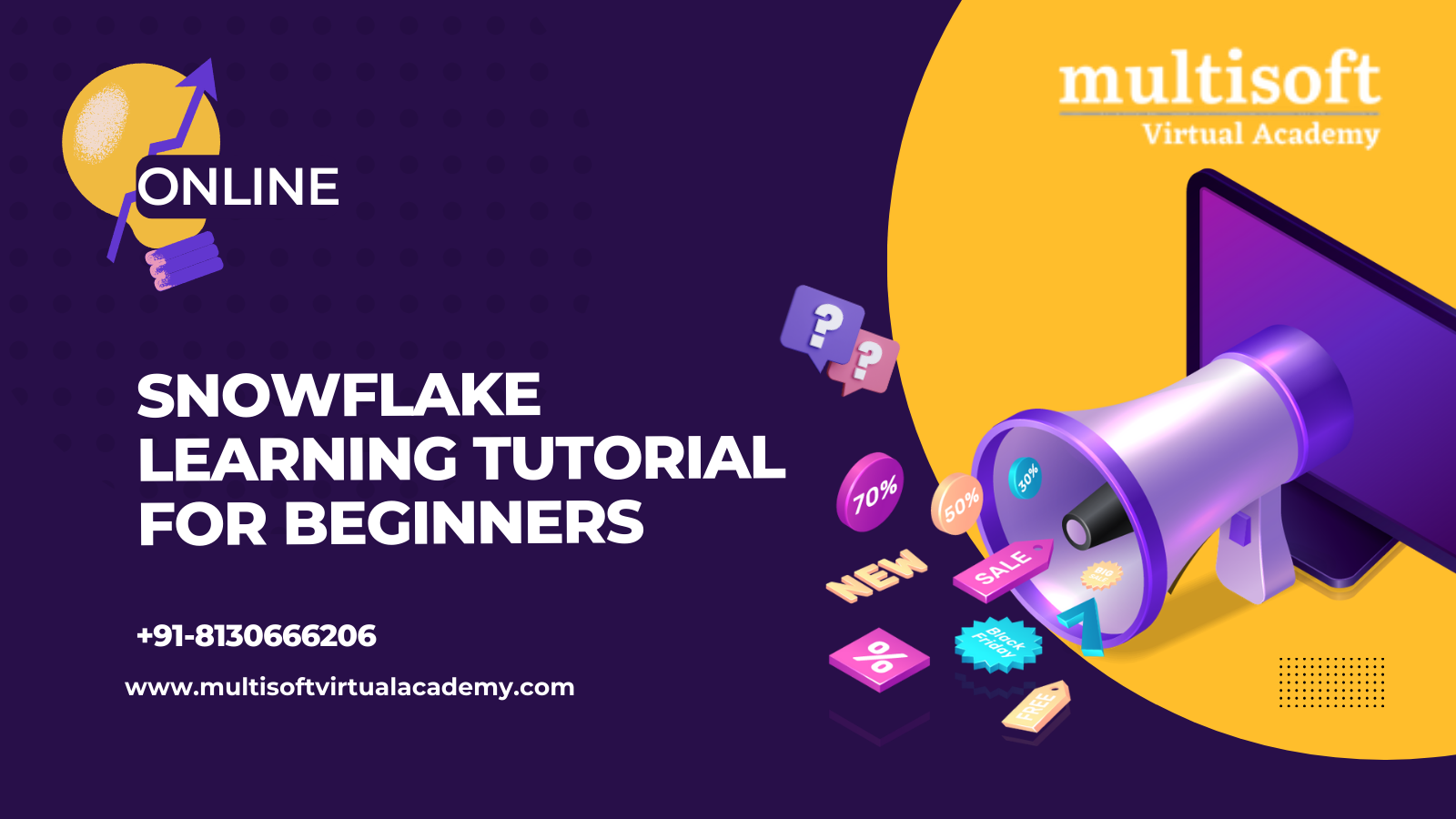

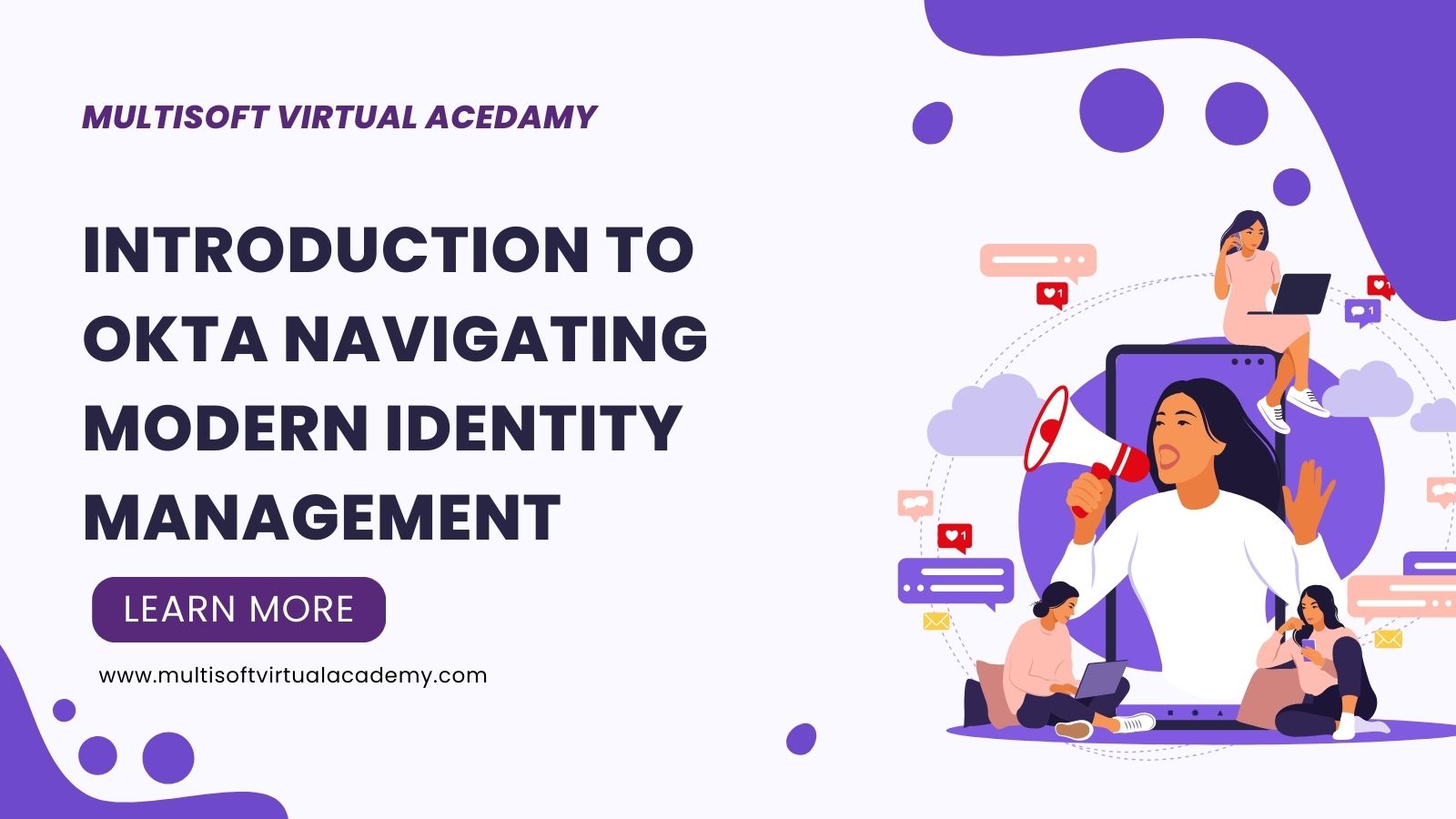

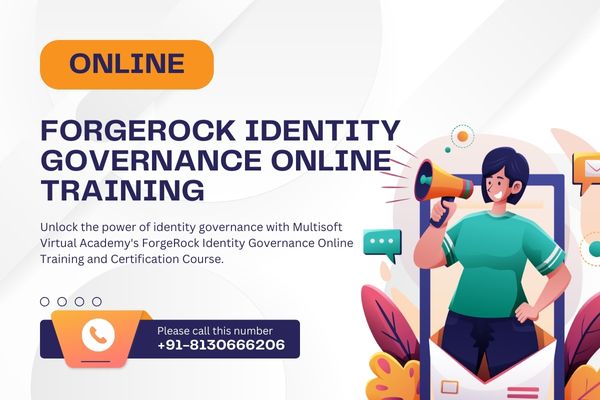





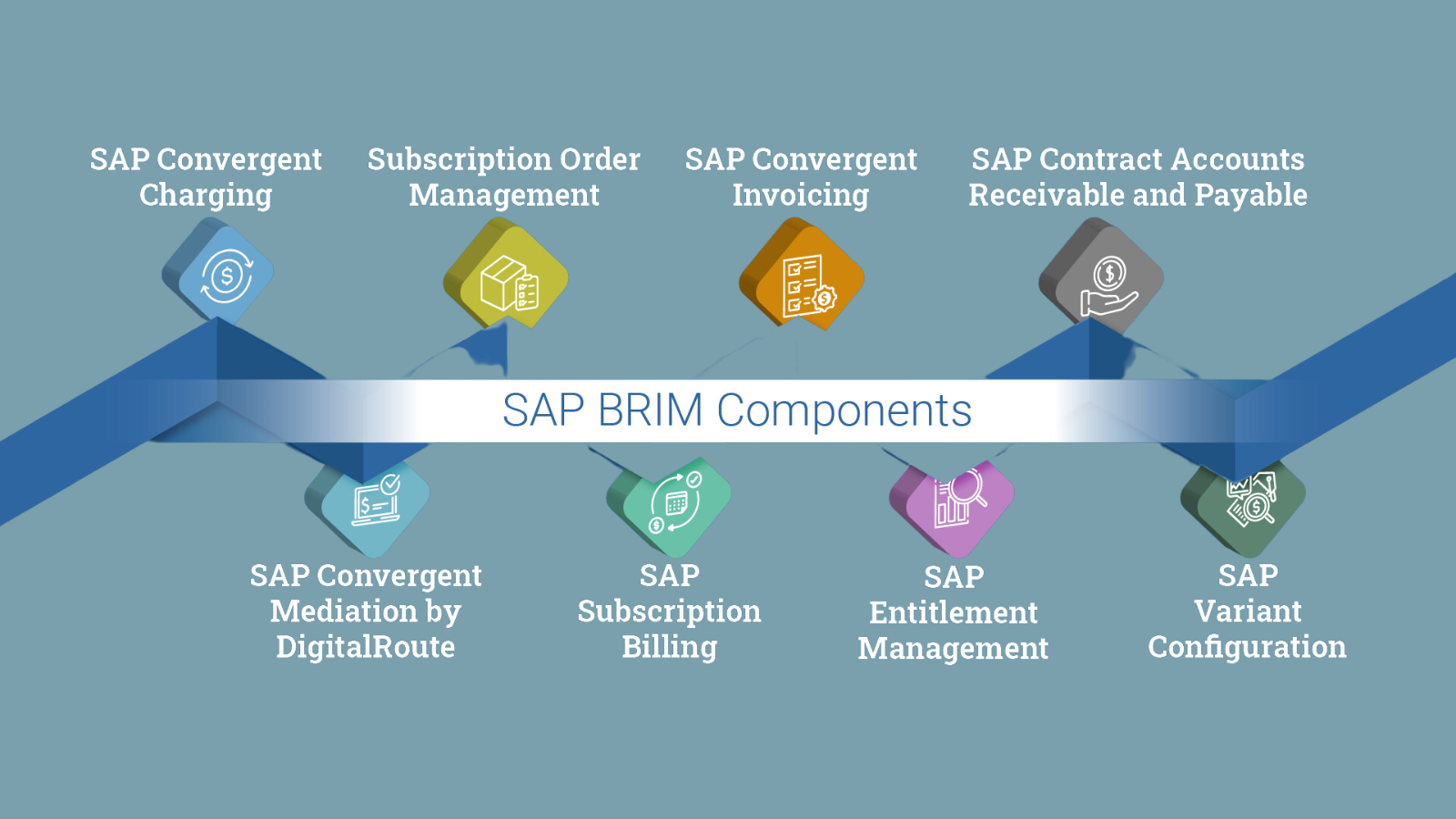









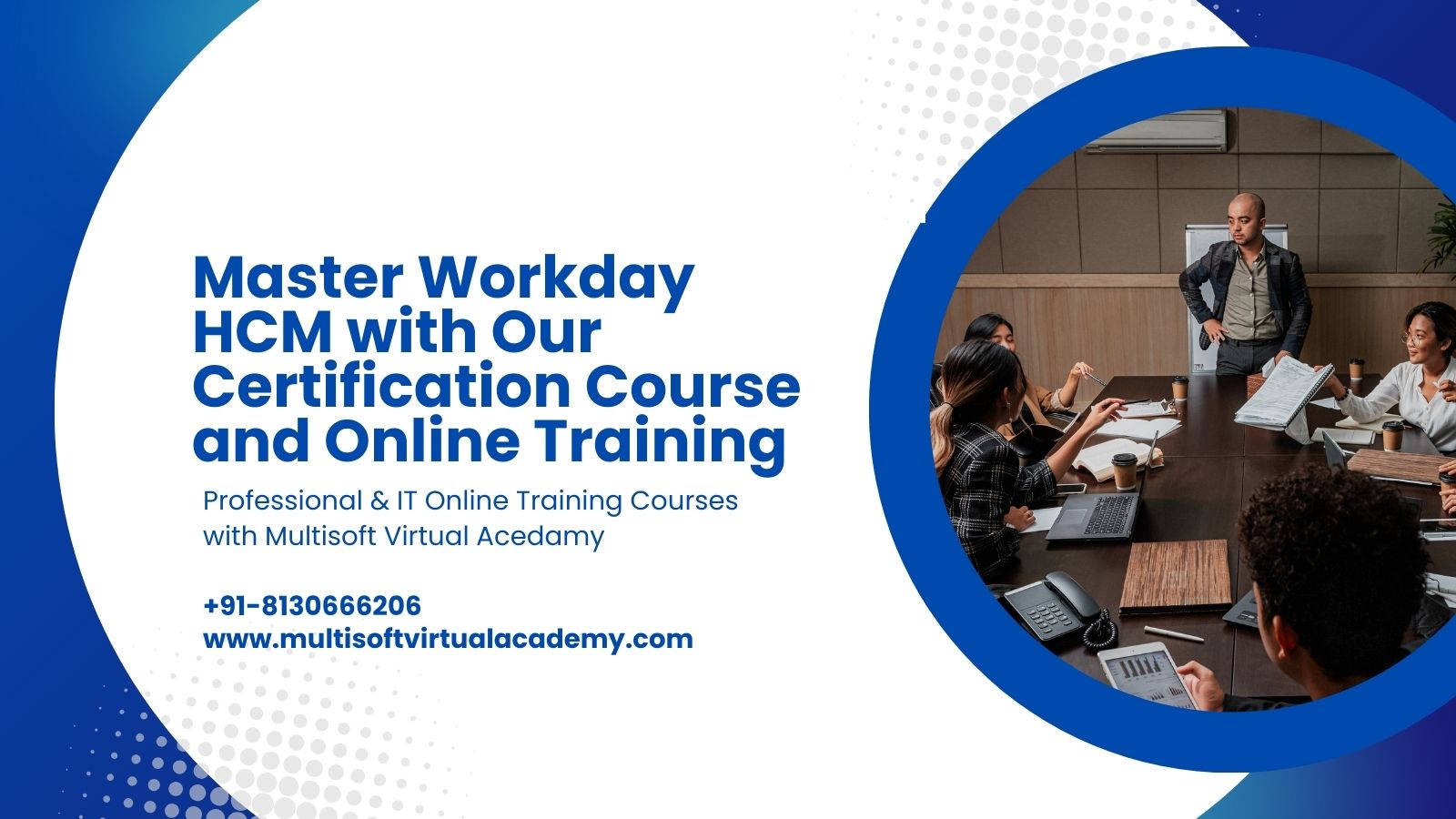

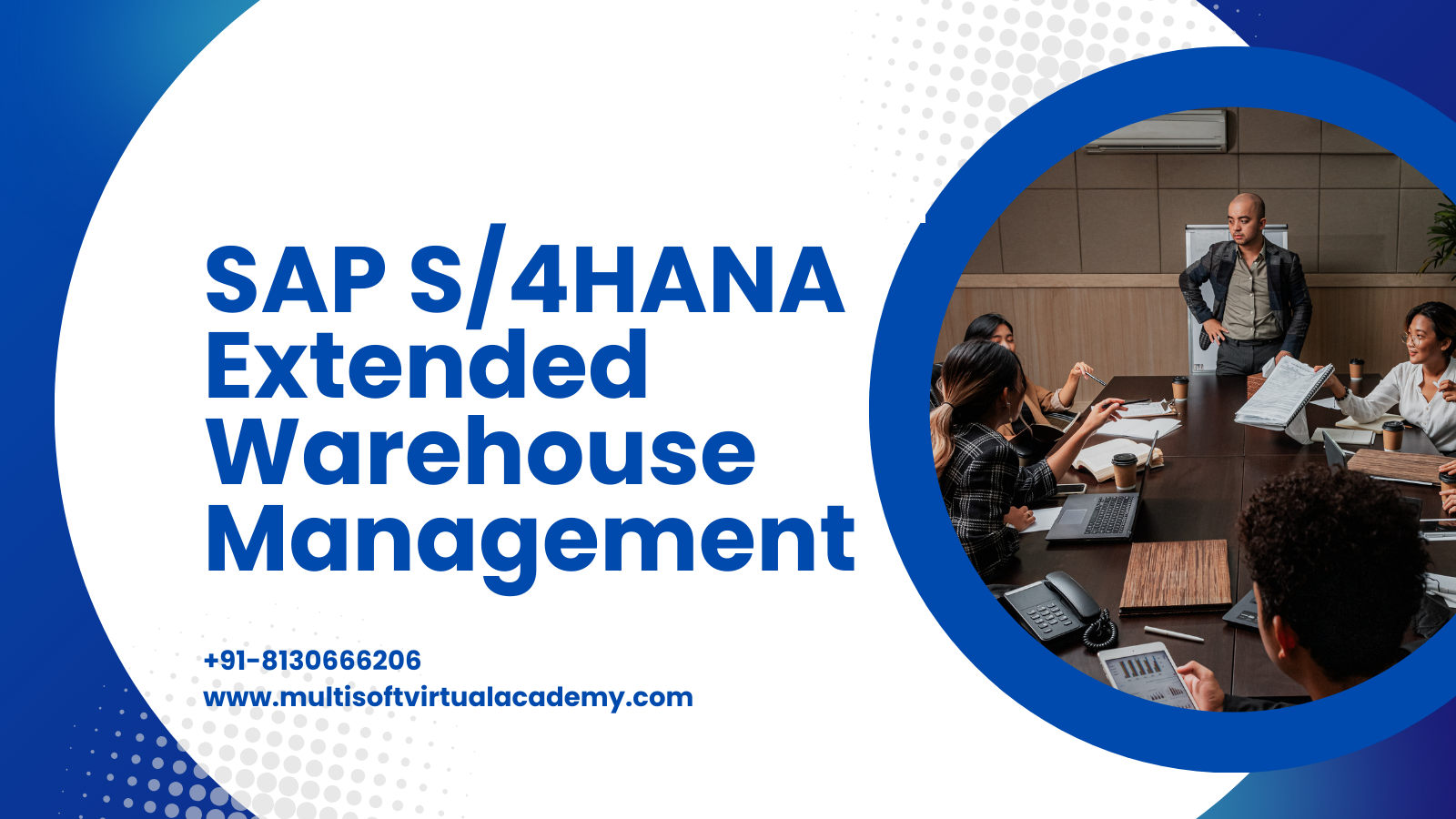





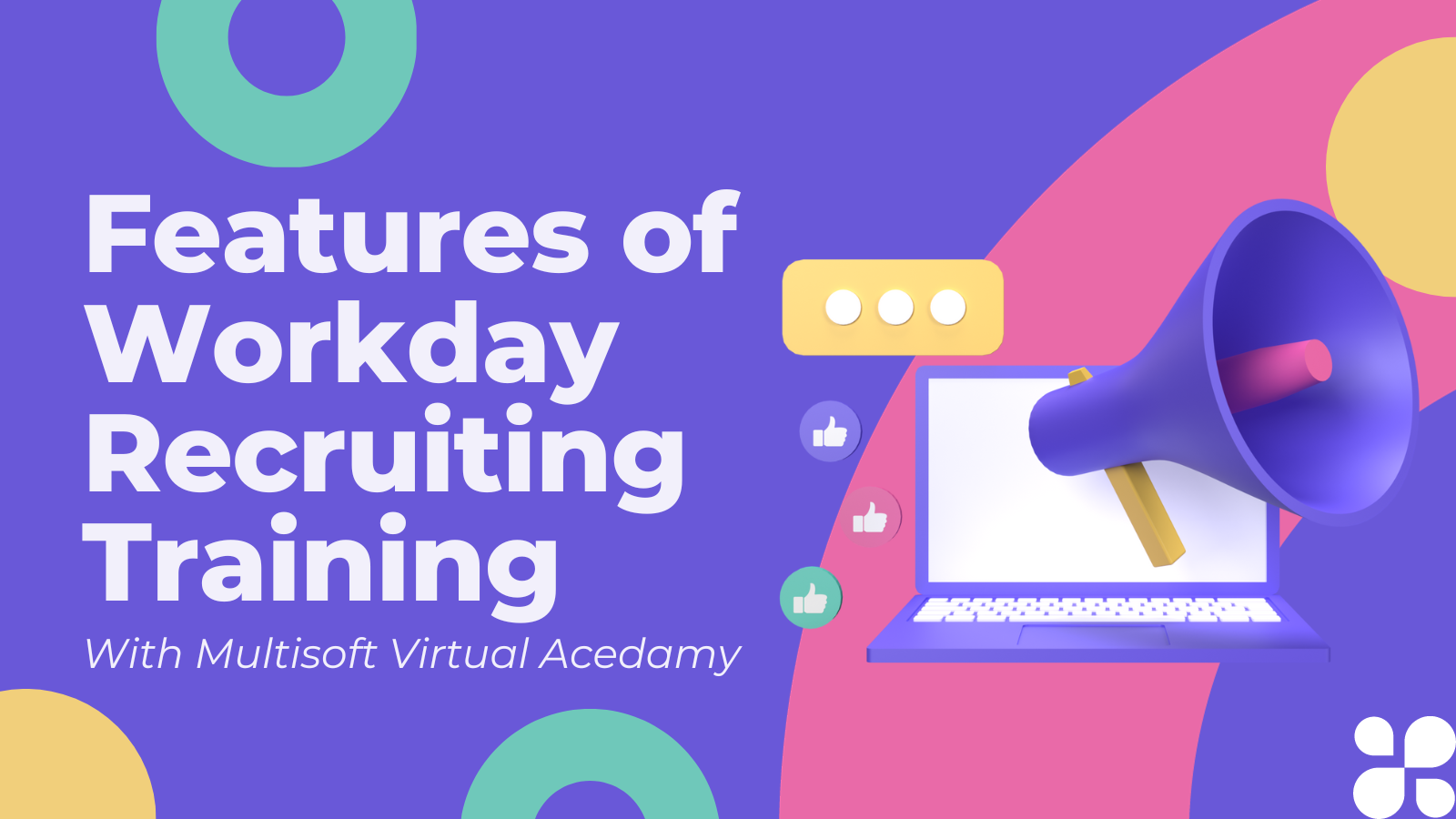

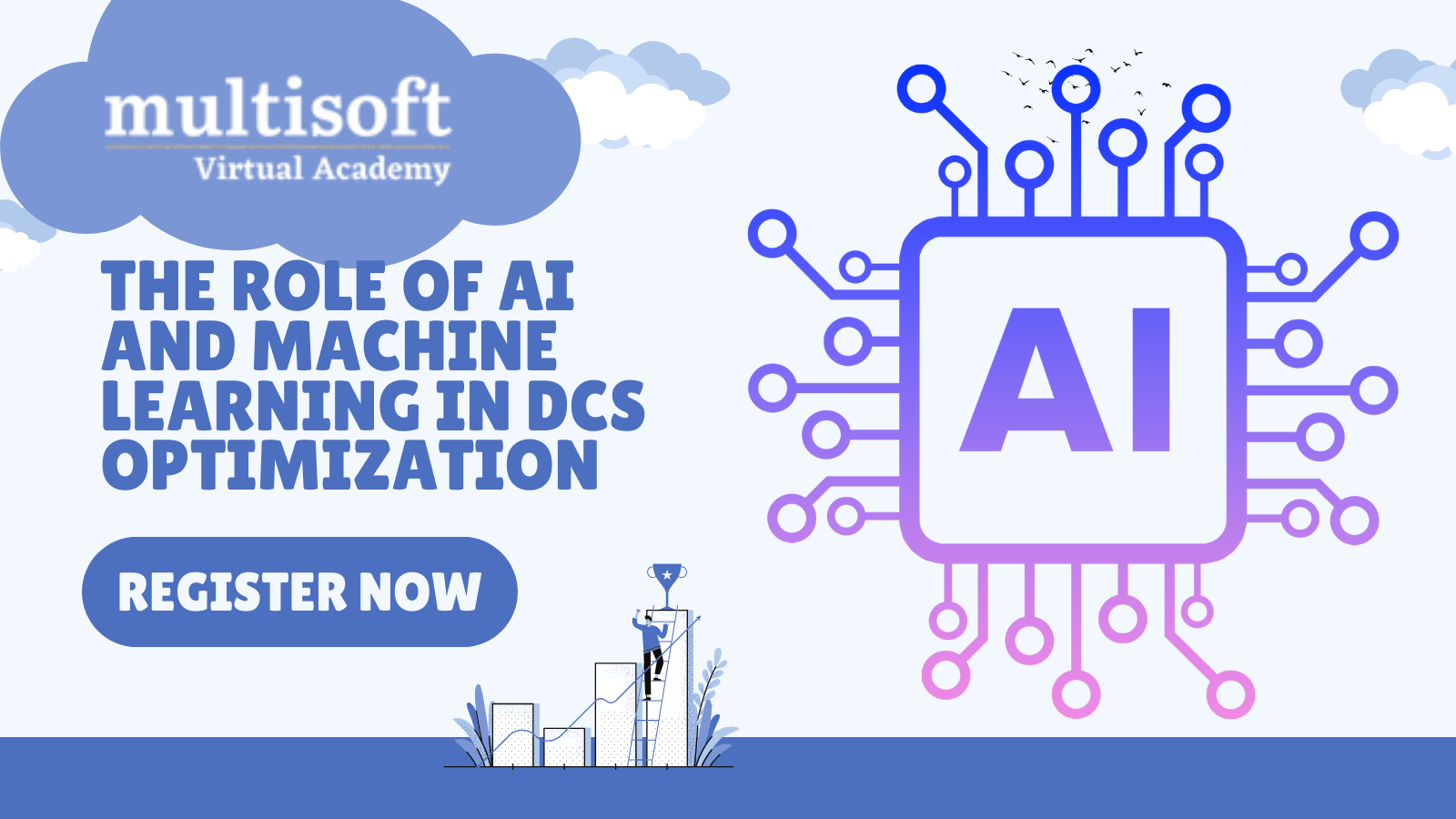



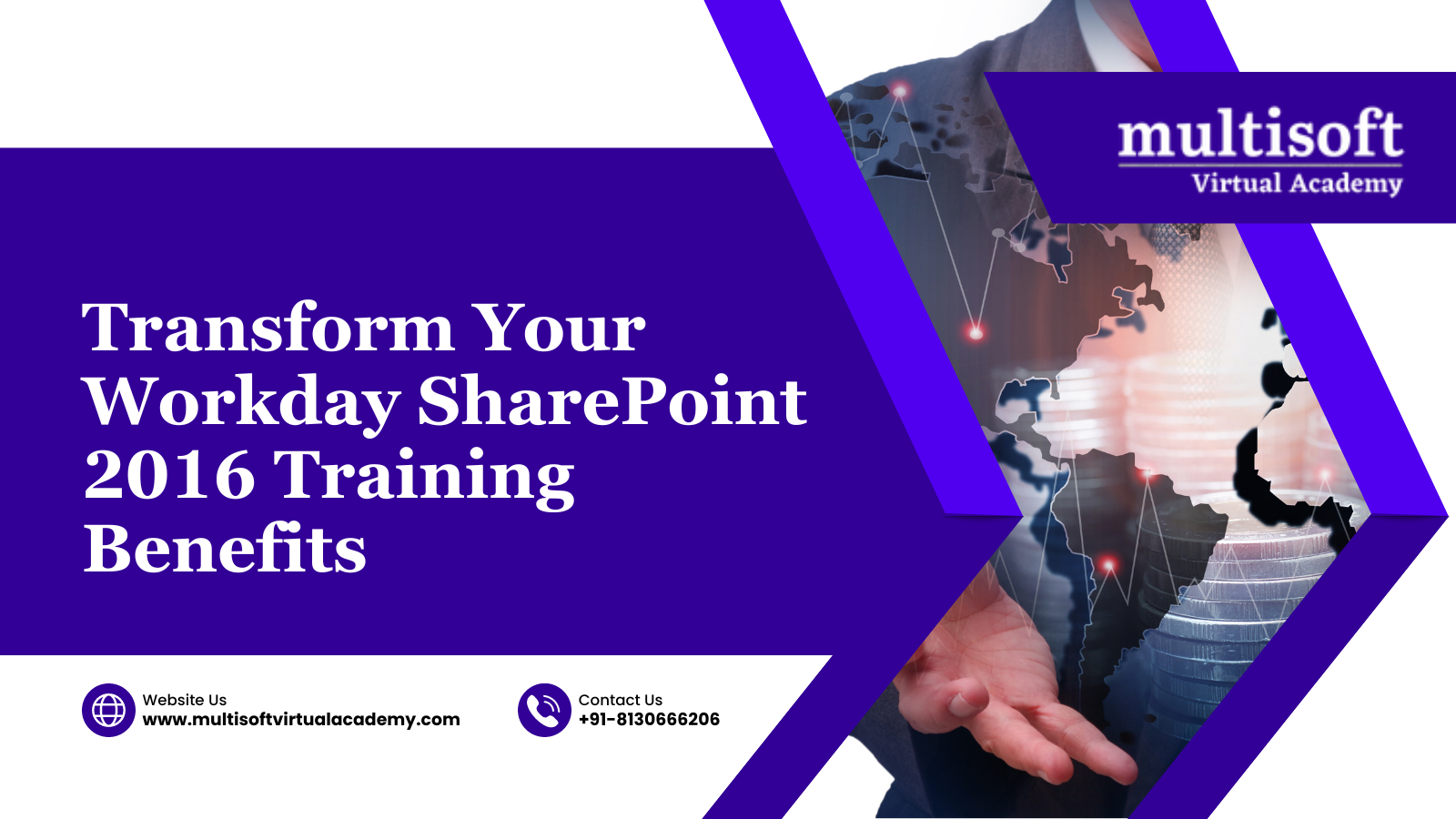


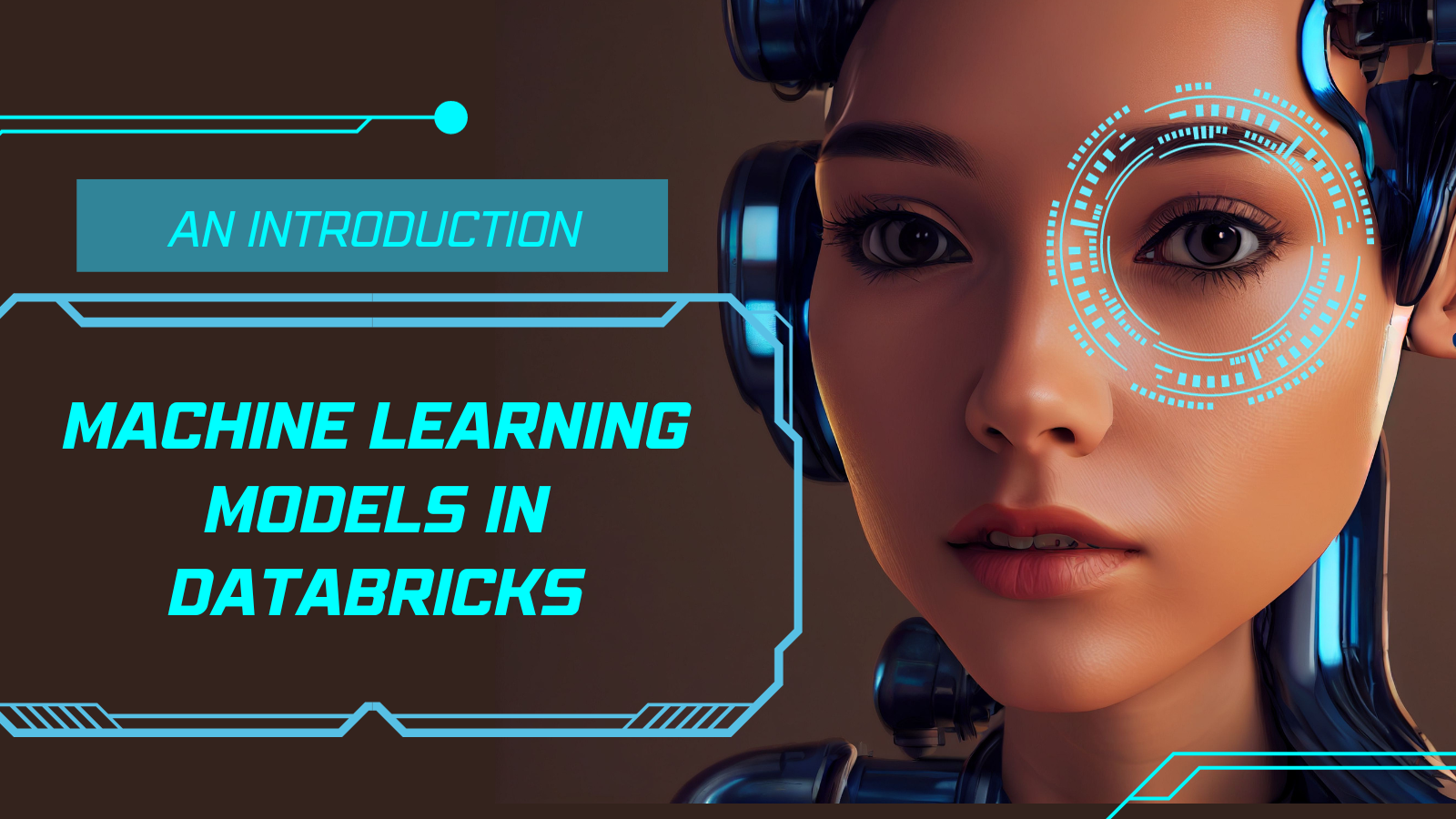


 Join our Live Instructor-Led online classes delivered by industry experts
Join our Live Instructor-Led online classes delivered by industry experts